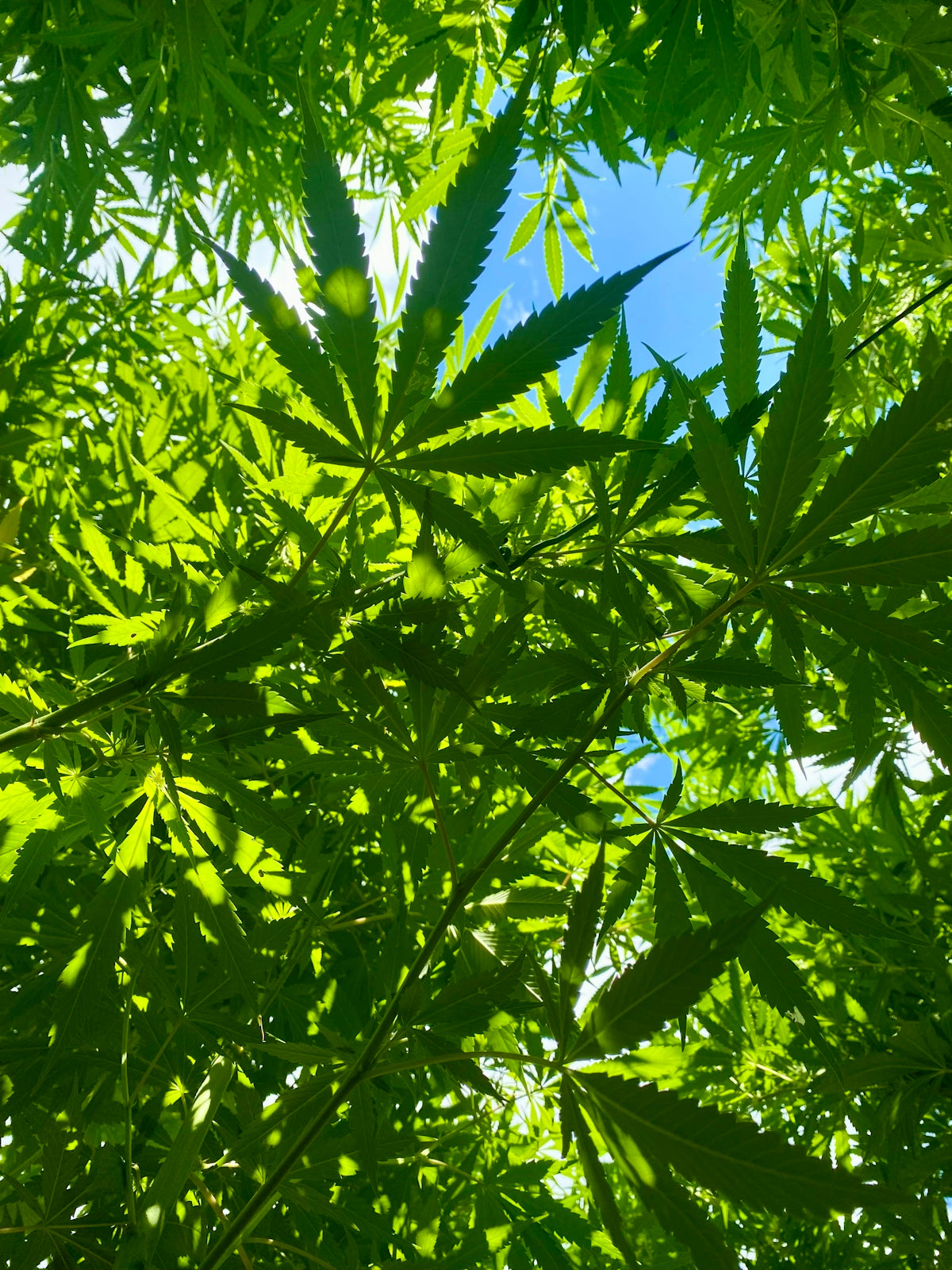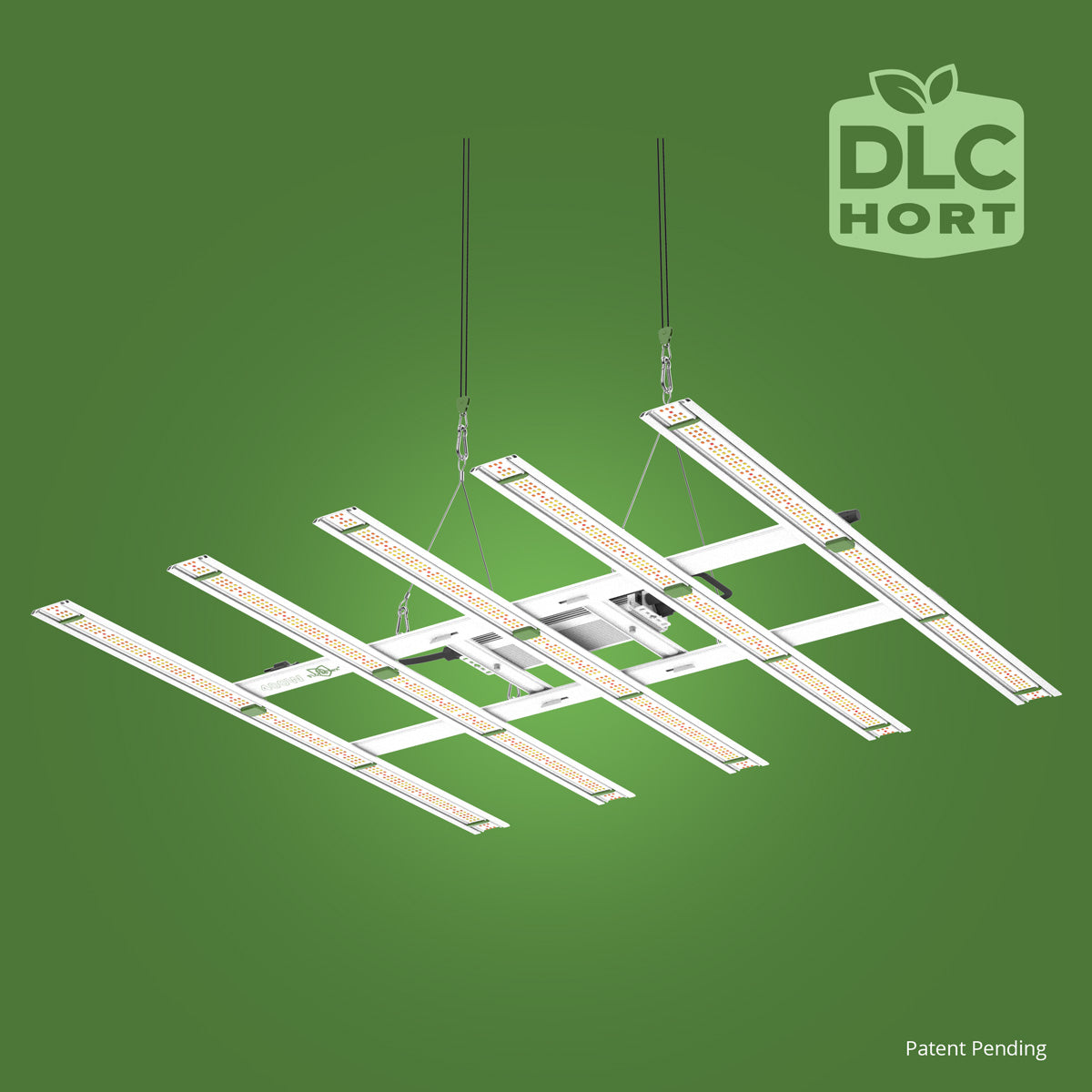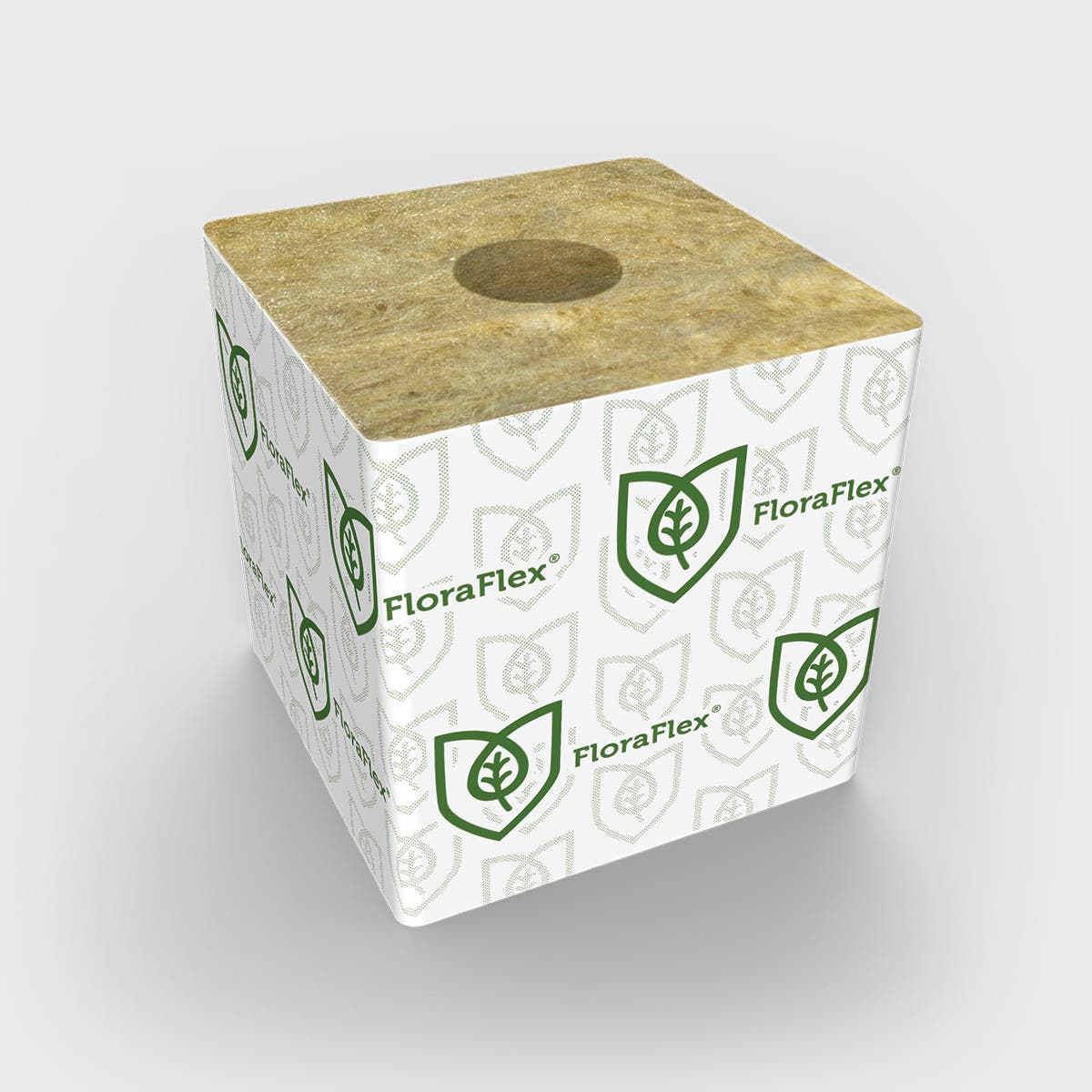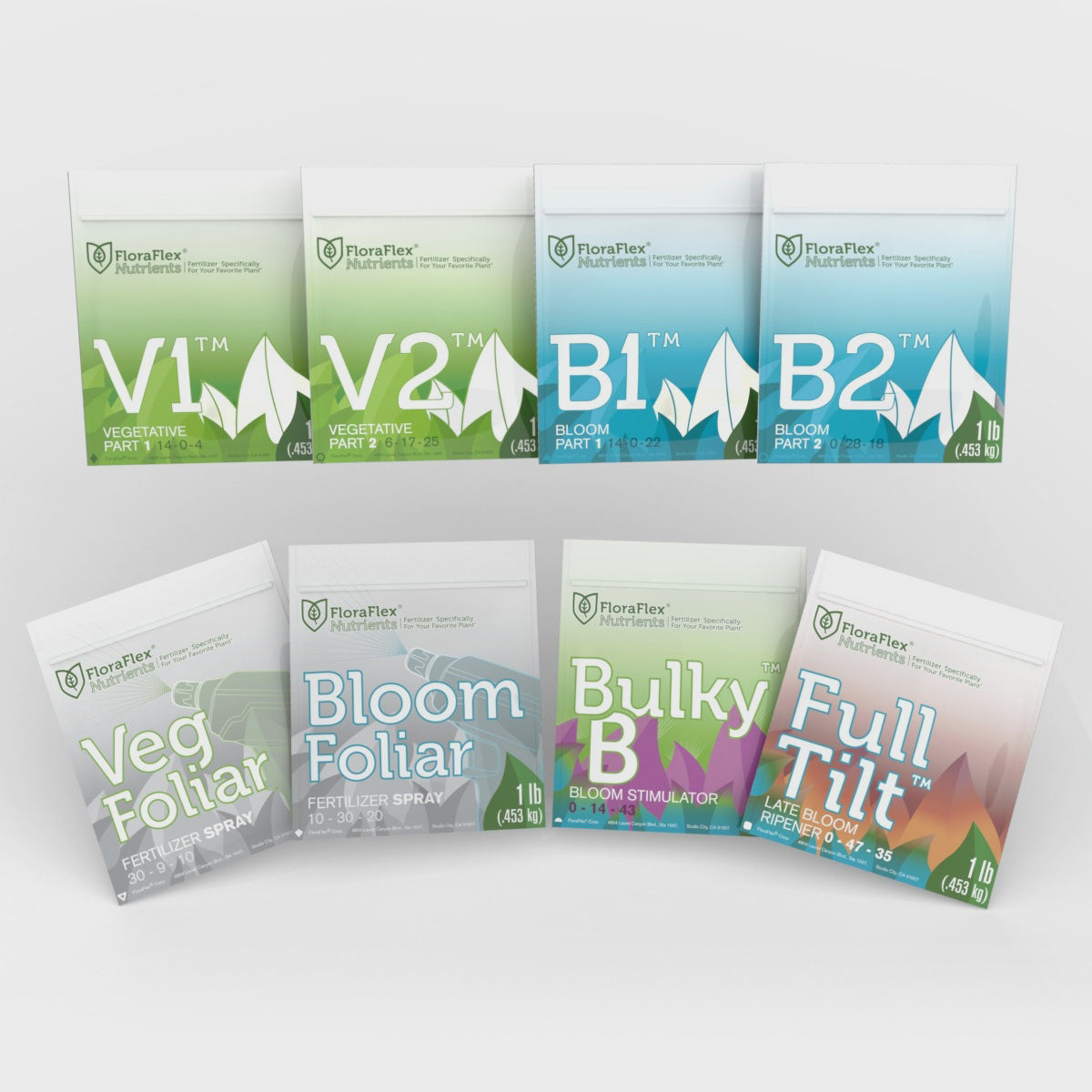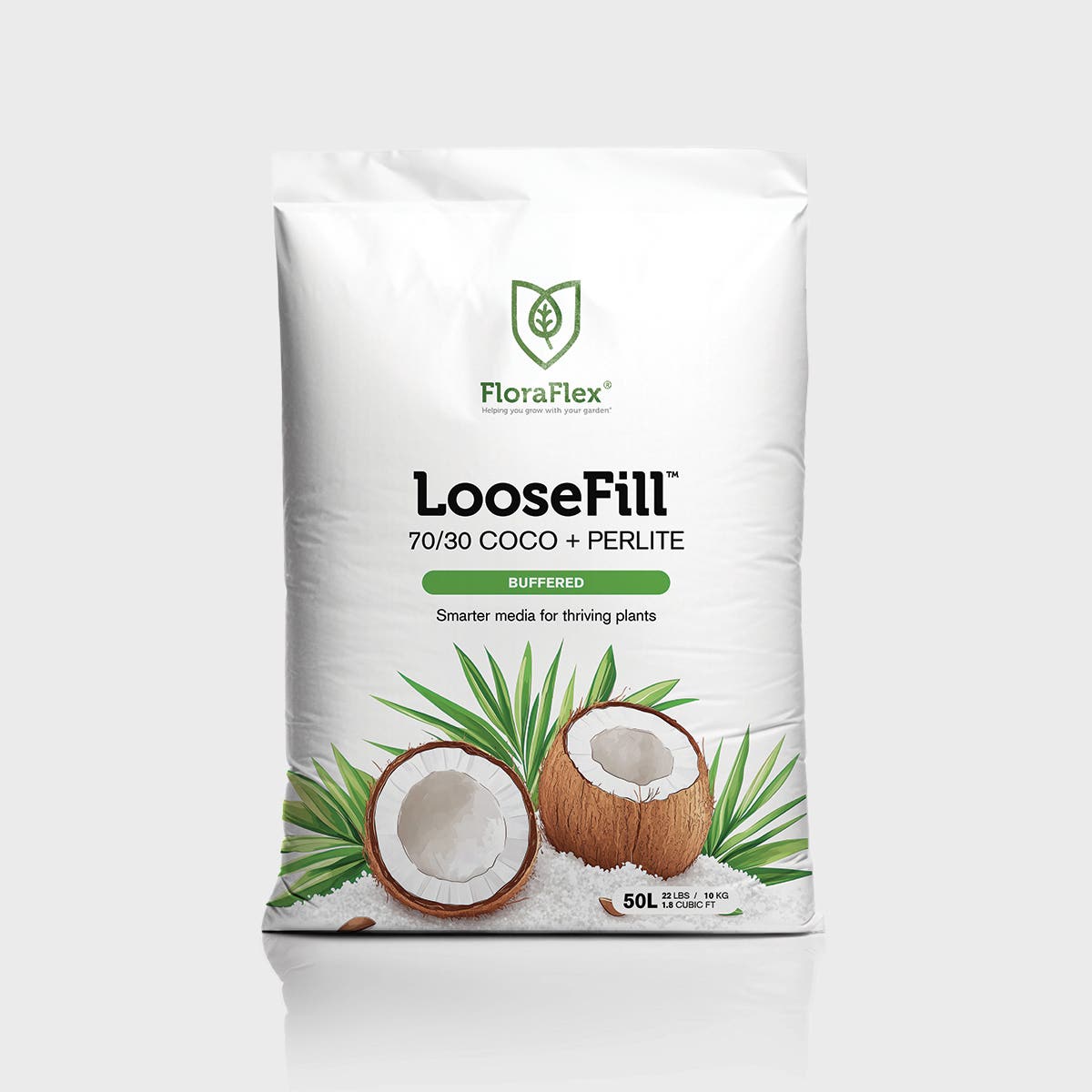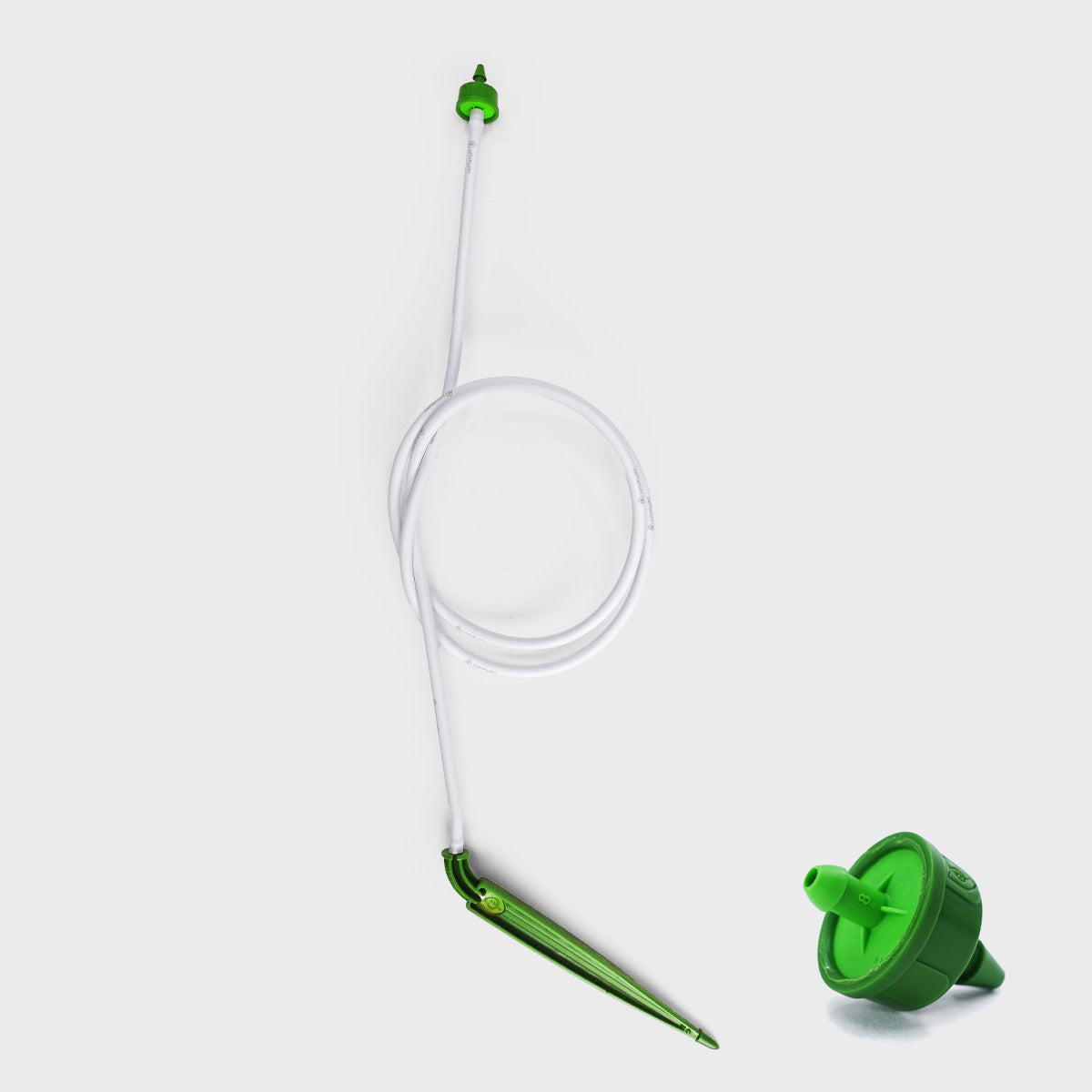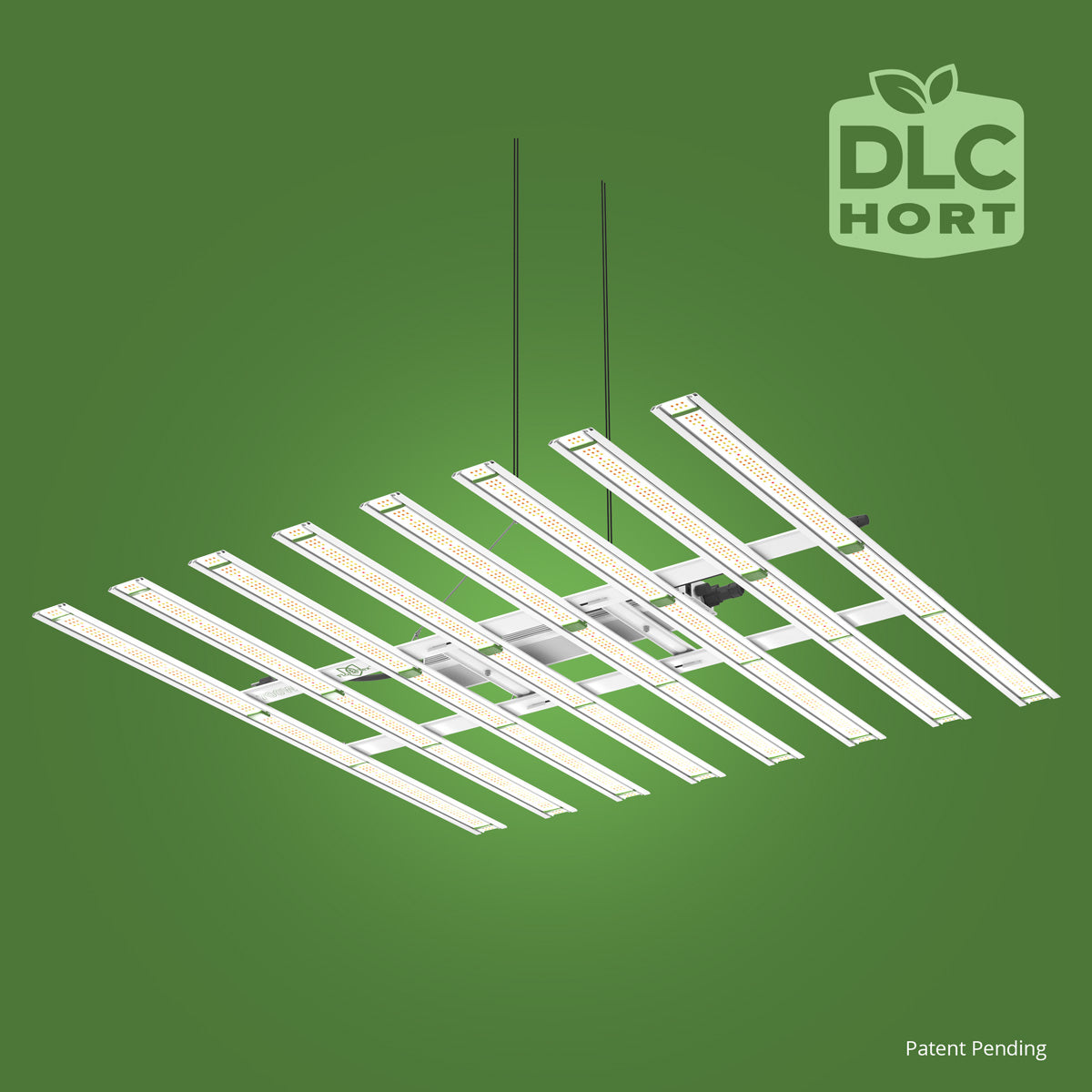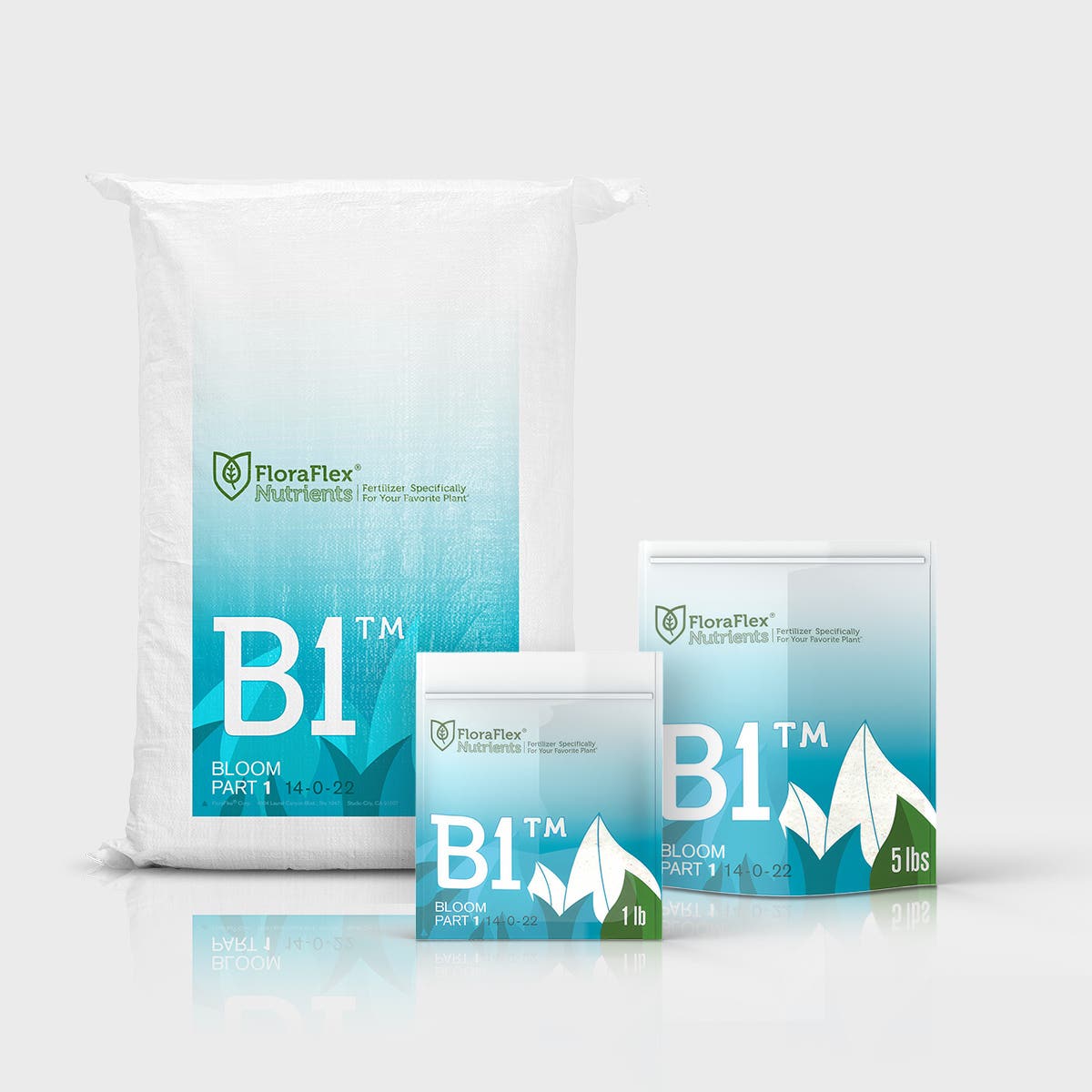Water conservation in cannabis cultivation is not just an environmentally friendly practice but also an economically smart one. By effectively utilizing resources, cultivators can reduce costs associated with water consumption and contribute positively to the environment. This blog post will explore various strategies to minimize water usage in cannabis cultivation without compromising the quality of the yield.
Understanding Water Requirements in Cannabis Cultivation
Cannabis plants require a substantial amount of water during their growth cycle. From the germination stage to the flowering stage, optimal hydration is crucial. However, there is often a misconception that more water equates to better growth. In reality, overwatering can lead to root rot, nutrient deficiencies, and other growth issues. Understanding the specific water needs of the plant at each growth stage is essential.
Stages of Growth and Water Needs:
- Germination: Seeds should be kept moist but not waterlogged.
- Seedling: Require adequate moisture to establish a solid root system.
- Vegetative: Increased water is needed to support rapid growth.
- Flowering: Watering should be balanced to prevent nutrient buildup.
Implementing Efficient Watering Techniques
To optimize water use, consider the following methods:
Drip Irrigation
This is one of the most efficient watering methods available. By delivering water directly to the plant’s root zone, drip irrigation minimizes evaporation and runoff. It ensures that water is used effectively and not wasted on non-essential parts of the plant or growing medium.
FloraFlex Products
Using advanced hydroponic tools such as FloraFlex can significantly reduce water waste. For example, the 6" FloraFlex Wool - Basalt Derived is an excellent medium that retains optimal moisture while ensuring proper aeration. This product assists in maximizing water use efficiency by maintaining moisture within the root zone longer, thus reducing the required frequency of watering.
Mulching
Applying a layer of organic or inorganic mulch around the base of your plants can help retain soil moisture, reduce direct evaporation, and moderate soil temperature. This practice leads to less frequent watering needs.
Plant Selection and Spacing
Selecting strains and genetics that are naturally more drought-tolerant can decrease water usage significantly. Additionally, proper spacing of plants allows for sufficient airflow and light penetration, reducing the need for excess water due to reduced competition for resources among plants.
Recycling and Collecting Water
Rainwater Harvesting
Installing rainwater collection systems can be a sustainable way to source water for your cultivation needs. Storing rainwater helps reduce dependency on municipal water supplies and decreases the overall cost of water.
Graywater Systems
Recycling used water from cultivation processes or households (graywater) can be an effective way to reduce consumption of fresh water. Treating graywater appropriately ensures that plants receive clean water necessary for quality growth.
Monitoring and Automation
Sensor Technology
Implementing moisture sensors in your cultivation setup can help in accurately measuring the moisture content of the growing medium. This data-driven approach allows cultivators to optimize irrigation schedules, therefore reducing unnecessary watering.
Automated Systems
Using automated watering systems can further optimize water use by ensuring that plants are only watered as needed. These systems can be programmed to take into account various growth-stage requirements and climatic conditions.
Soil and Medium Management
Choosing the right growing medium can make a significant difference in water retention and usage. The 6" FloraFlex Wool - Basalt Derived offers an excellent balance of water retention and aeration, making it a go-to solution for environmentally conscious growers aiming to reduce water usage without sacrificing plant health.
Conclusion
Reducing water usage in cannabis cultivation is critical for both environmental and economic sustainability. By employing efficient watering techniques, implementing automation, utilizing strategically designed products like FloraFlex’s technologies, and being mindful of plant choice and management practices, growers can optimize water usage in their operations. Visit the FloraFlex website for more solutions in sustainable cannabis cultivation and learn more about our range of products tailored for efficient growing.
Water conservation is a crucial step toward sustainable cannabis cultivation and ensuring future generations have access to this valuable resource.

